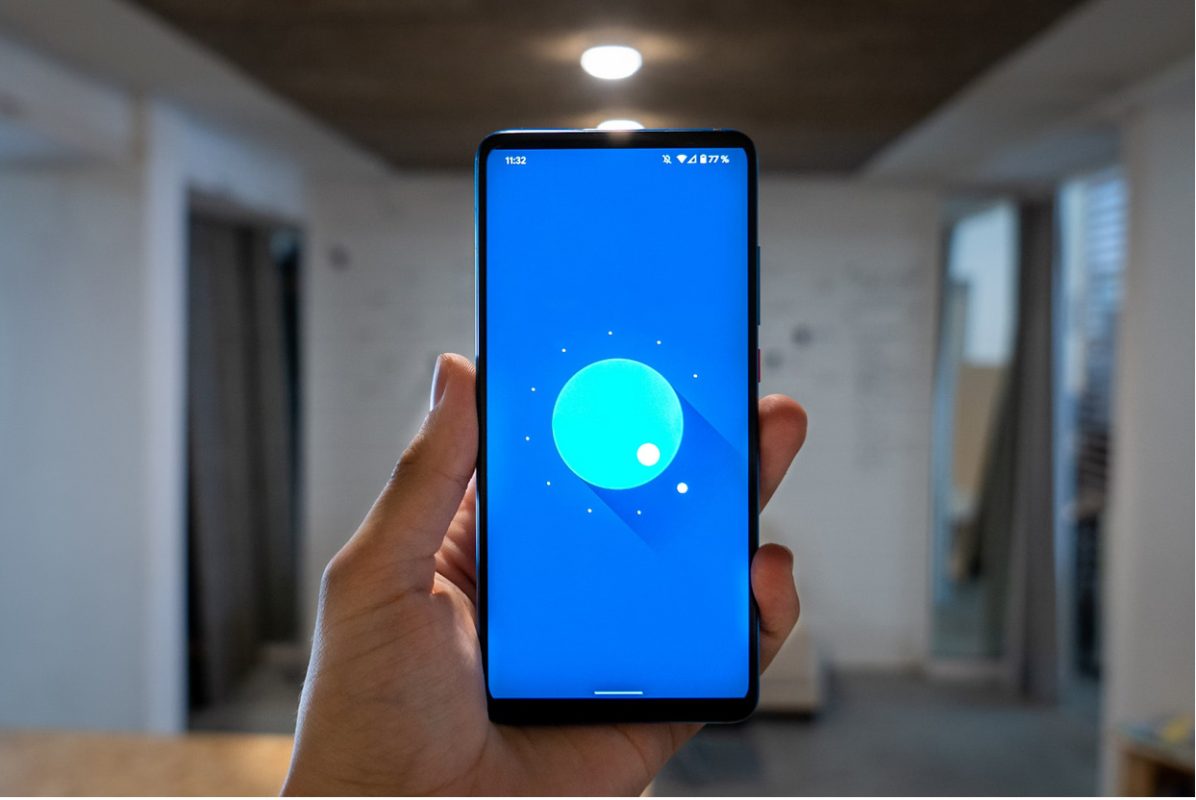Real-Time Assistive Voice App: Millions of people the world over suffer from various deficits in speech that make it difficult for them to communicate over the phone. Whether it be a stutter, damaged vocal chords resulting from injury, or genetic abnormality that causes difficulty speaking from birth, an unfortunately high number of people find it difficult to communicate at a normal volume or pace. This often causes even greater difficulty when communicating over the phone, a medium that suffers from low quality due to the lossy compression used to make the data volume of voice traffic manageable for telecommunications networks.
Luckily, Whispp is ready to help. The Dutch software firm is harnessing AI to help convert speech from those unable to speak normally into something easier for others to hear and understand. While there are hundreds or even thousands of companies seeking to harness AI for a wide variety of useful and interesting purposes, Whispp has attracted special attention as a result of the ease of use and broad applicability of their platform, winning Fast Company’s 2024 Innovation by Design award for Accessible Design.
The Technology
The concept is simple: users speak into the app in whatever way feels most natural to them, and it generates speech that sounds clear and natural. The AI model used by Whispp was trained on the human voice to reproduce natural sounding speech, and used Infobip’s WebRTC platform, an open source real-time communication protocol that runs natively on any platform using a web browser to facilitate easy connections and communication between users. Whispp also allows users to fine tune the AI model on their own voice, speaking with their device to train it on their natural sound, tone, and inflections to make the output sound like the user themselves, rather than an unrecognizable stranger or one of the robotic default voices we’ve all become accustomed to.
While Whispp’s product is innovative and impressive, it’s no secret how they were able to so ably understand and meet the needs of their target market: CEO and cofounder Joris Castermans himself lives with a stutter, and set out specifically to design something that would help him and others suffering from similar disabilities that impair speech live more normal, dignified lives. The company estimates up to 300 million potential users worldwide, suffering from a range of conditions varying from stuttering to vocal cord removal due to injury, cancer, or damage from smoking, spasmodic dysphonia, vocal cord paralysis as a complication of surgery, laryngectomy resulting from throat cancer, and a whole host of other conditions that impact people’s ability to communicate effectively. People with these conditions may have once depended on their spouses, family members, or caregivers to support them in instances where communicating over the phone was required; now, with Whispp, they’re able to function independently and comfortably in scenarios that would have previously left them dependent on others.
A Real Game Changer
Other solutions have helped people with vocal disabilities communicate before Whispp, but none with the same level of naturalness and simplicity. Text to speech (“TTS”) and Speech to Text (“STT”) solutions have been available for some time. TTS and STT often gave people with such conditions the ability to communicate more effectively than when using their voice. But these solutions come with serious limitations, including the requirement for other parties to use a platform that facilitates text input or output, or a large delay in communication while their device translated from speech to text or vice versa. With Whispp, the translation from impaired to natural speech happens in real time, right on the user’s smartphone, enabling them to make and receive phone calls like normal, with all the clarity and convenience of having a fully functional voice.
This combination of technical complexity and ease of use is not something commonly found in assistive technologies. Those undertaking a program like the Ithaca College online speech pathologist program who plan on helping build a better future for those with trouble communicating would do well to learn from the example provided by Whispp: while cutting edge technology often has the ability to create transformative opportunities for those with disabilities, it’s often the voice of someone who suffers from it themselves that’s needed to create a truly transformational solution.
